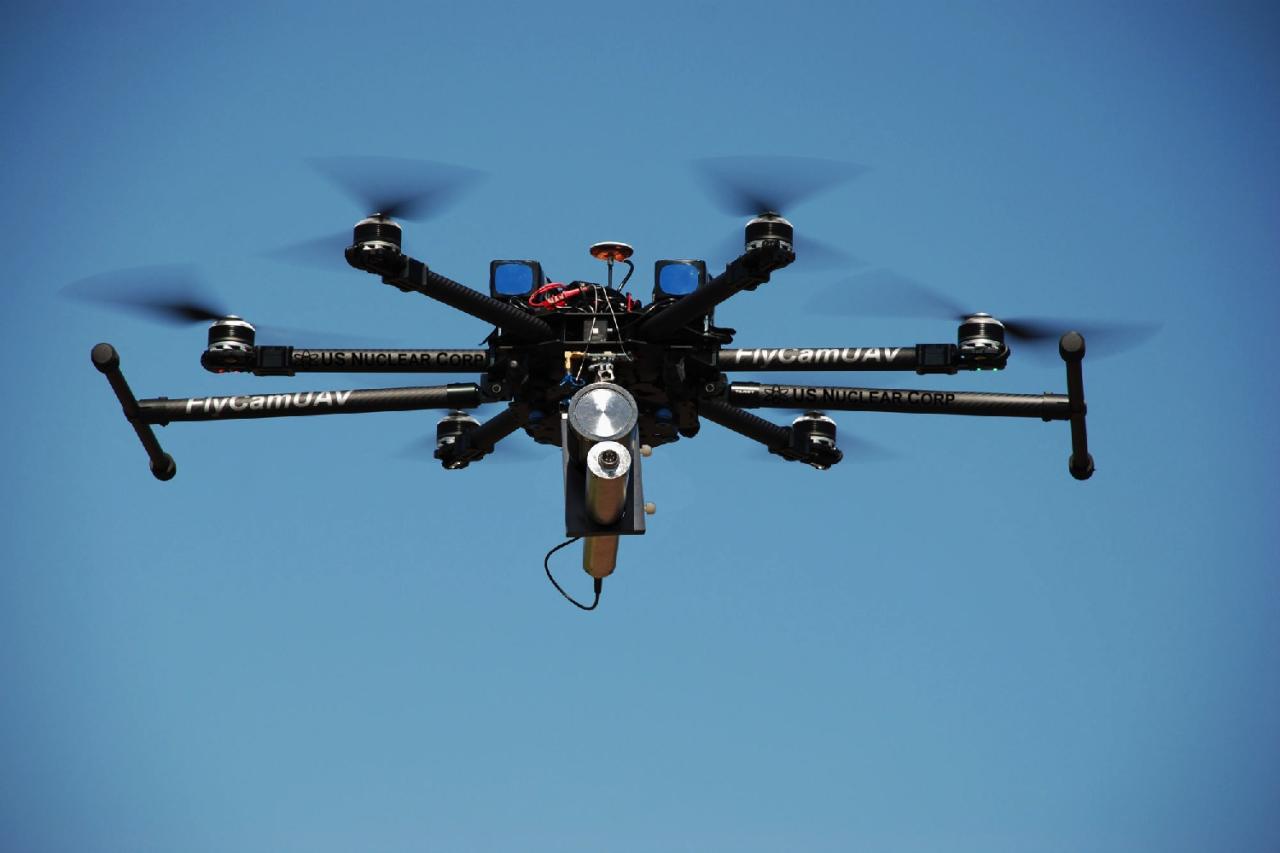Sky elements drones are revolutionizing how we understand and interact with our atmosphere. These unmanned aerial vehicles (UAVs), equipped with advanced sensors, are capable of collecting high-resolution data on a variety of atmospheric phenomena, from wind speeds and precipitation patterns to air quality and cloud formations. This technology allows for unprecedented insights into weather systems, pollution dispersal, and other critical environmental factors.
Sky elements drones, with their advanced capabilities, are transforming aerial displays. For a spectacular example of what’s possible, check out the breathtaking visuals at the florida drone show , a truly impressive showcase of drone technology. Witnessing such a display underscores the potential of sky elements drones for large-scale, captivating events.
The implications for scientific research, environmental monitoring, and even weather forecasting are profound.
The integration of sophisticated sensor technologies, such as LiDAR and high-resolution cameras, allows drones to gather detailed information about the complex interplay of atmospheric elements. Data analysis techniques then translate this raw information into actionable insights, contributing to improved weather prediction models, more effective pollution control strategies, and a deeper understanding of our planet’s climate.
Sky Elements Drones: A Comprehensive Overview
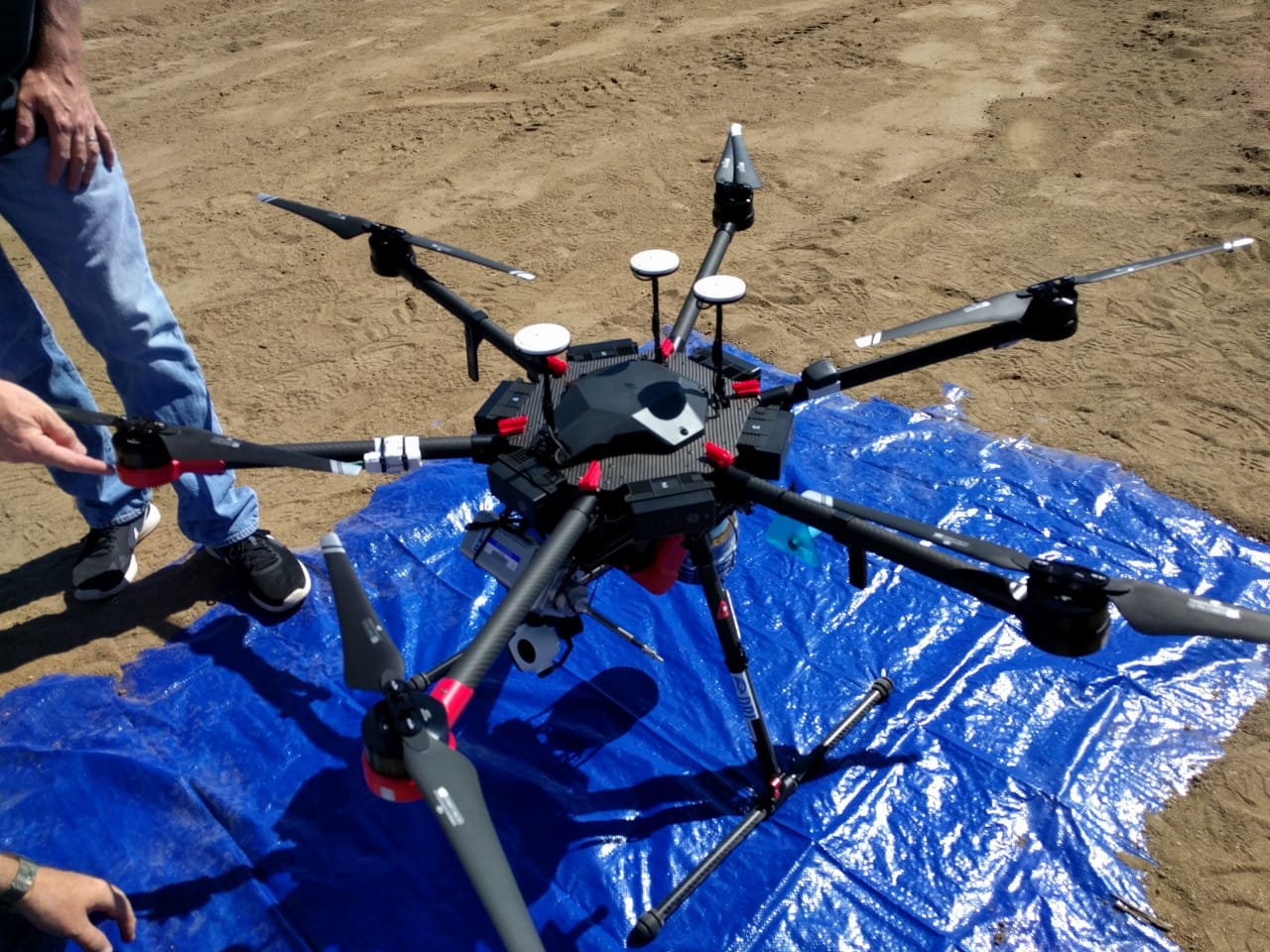
The integration of drone technology with atmospheric science has revolutionized our ability to understand and interact with the sky. This exploration delves into the multifaceted world of “sky element” drones, examining their technological capabilities, data acquisition methods, diverse applications, and associated safety and ethical considerations.
Sky Elements: Defining the Scope
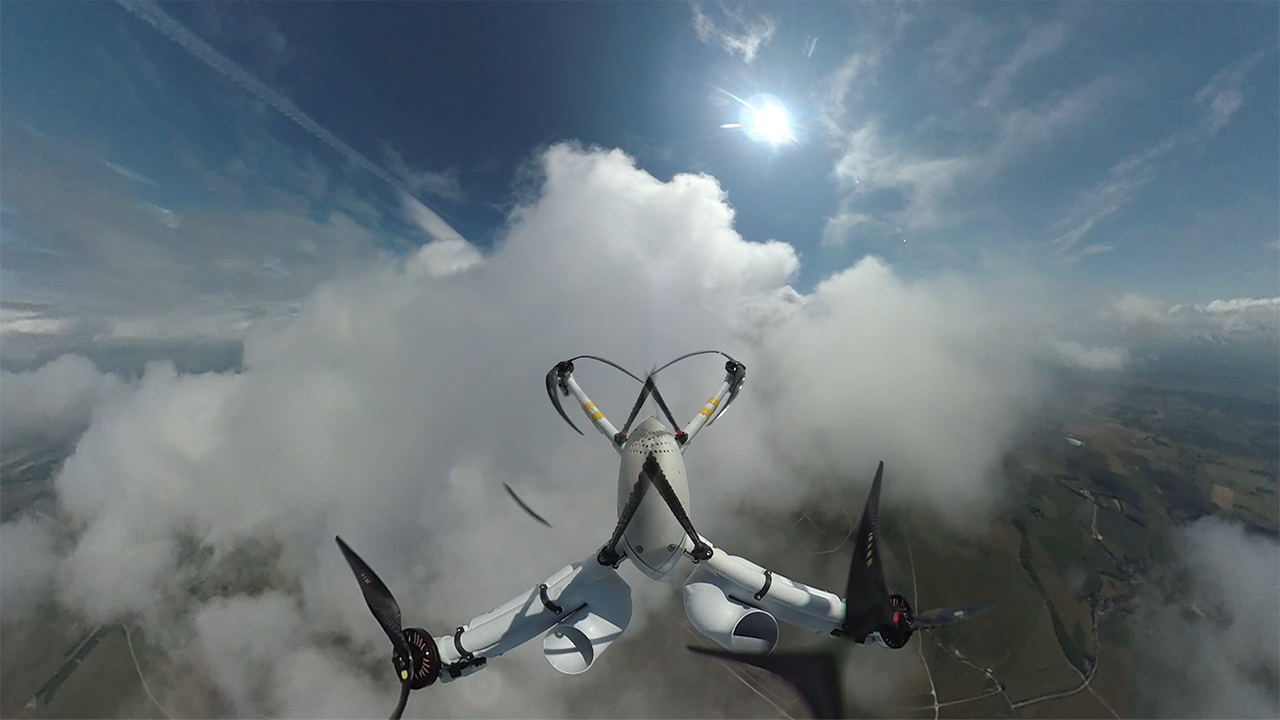
The term “sky elements” in the context of drone operations encompasses a broad range of atmospheric conditions and components. This includes not only the readily observable elements like clouds, precipitation, and wind, but also less visible factors such as temperature gradients, atmospheric pressure variations, and the distribution of airborne pollutants.
Environmental factors significantly influence drone flight and data acquisition. Wind speed and direction directly affect drone stability and maneuverability, especially for smaller, less powerful drones. Temperature variations can impact battery performance and sensor accuracy, while precipitation (rain, snow, hail) can obstruct sensors, damage equipment, and create hazardous flying conditions. These factors need careful consideration during mission planning and execution.
The regulatory landscape governing drone usage varies considerably based on airspace classification. Different regulations exist for operations in controlled airspace (near airports), uncontrolled airspace (rural areas), and special use airspace (e.g., national parks). Operators must adhere to strict guidelines regarding flight altitudes, authorization procedures, and safety protocols to ensure compliance and prevent accidents.
Sky elements drones, with their sophisticated flight control systems, are generally reliable. However, even the most advanced technology can encounter unforeseen issues, as highlighted by the recent orlando drone show malfunction. This incident underscores the importance of rigorous testing and safety protocols in large-scale drone operations, a key consideration for future sky elements drone deployments.
Drone Technology and Sky Elements Interaction, Sky elements drones
Various drone types are suited to different sky element monitoring tasks. Multirotor drones offer excellent maneuverability and hovering capabilities, making them ideal for detailed observations in complex environments, such as urban canyons or close-range inspections of structures. Fixed-wing drones, on the other hand, are more efficient for covering large areas quickly, but their maneuverability is more limited. Hybrid designs combine the advantages of both types.
Sensor technology plays a critical role in data acquisition. High-resolution cameras capture visual data of cloud formations, precipitation patterns, and other atmospheric phenomena. LiDAR (Light Detection and Ranging) provides precise three-dimensional measurements of terrain and atmospheric structures, while radar systems detect precipitation and wind speed at various altitudes. The choice of sensor depends on the specific sky elements being investigated.
A hypothetical drone system optimized for challenging conditions could incorporate a robust, weatherproof airframe, redundant flight controllers, advanced obstacle avoidance systems, and self-heating batteries to counter cold temperatures. High-sensitivity sensors with integrated data logging and real-time transmission capabilities would ensure data collection even under adverse weather.
Data Acquisition and Analysis Methods
Drones collect a variety of data related to sky elements. Examples include high-resolution images of cloud formations, wind speed profiles measured using onboard anemometers, and temperature and humidity data from sensors. This data is crucial for understanding atmospheric processes and developing accurate weather forecasts.
| Data Type | Measurement Unit | Acquisition Method | Potential Applications |
|---|---|---|---|
| Wind Speed | m/s | Onboard Anemometer | Weather forecasting, wind energy assessment |
| Temperature | °C | Temperature Sensor | Meteorological studies, thermal imaging |
| Precipitation | mm/hr | Rain gauge, radar | Flood prediction, hydrological modeling |
| Air Quality (Particulate Matter) | µg/m³ | Air quality sensor | Pollution monitoring, public health studies |
Data processing involves calibrating sensor readings, correcting for environmental factors, and integrating data from multiple sources. Advanced statistical methods and visualization techniques are used to extract meaningful insights and create predictive models of atmospheric conditions.
Applications of Sky Element Drones
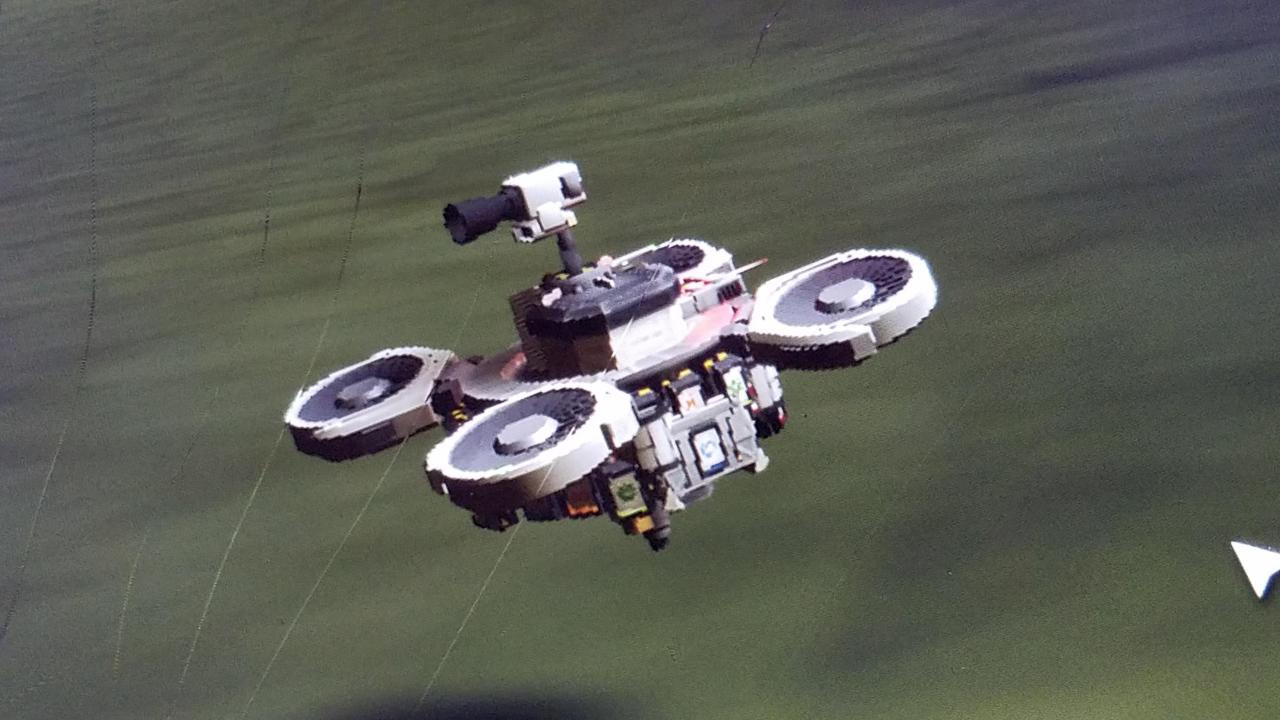
Drones have found widespread application in various fields related to sky element monitoring. Their versatility and cost-effectiveness make them invaluable tools for researchers and practitioners alike.
- Weather Forecasting: Drones provide real-time data on wind speed, temperature, and humidity profiles, improving the accuracy of weather models.
- Air Quality Monitoring: Drones equipped with air quality sensors can map pollutant concentrations and identify pollution sources.
- Cloud Studies: Drones can capture detailed images and measurements of cloud formations, contributing to our understanding of cloud dynamics and precipitation processes.
While offering numerous benefits, drone usage also has limitations. These include operational costs, battery life constraints, regulatory restrictions, and potential safety hazards associated with flight in challenging weather conditions.
Future applications could involve the development of autonomous drone swarms for large-scale atmospheric monitoring, the integration of advanced sensor technologies (e.g., hyperspectral imaging), and the use of AI for real-time data analysis and decision-making.
Safety and Ethical Considerations
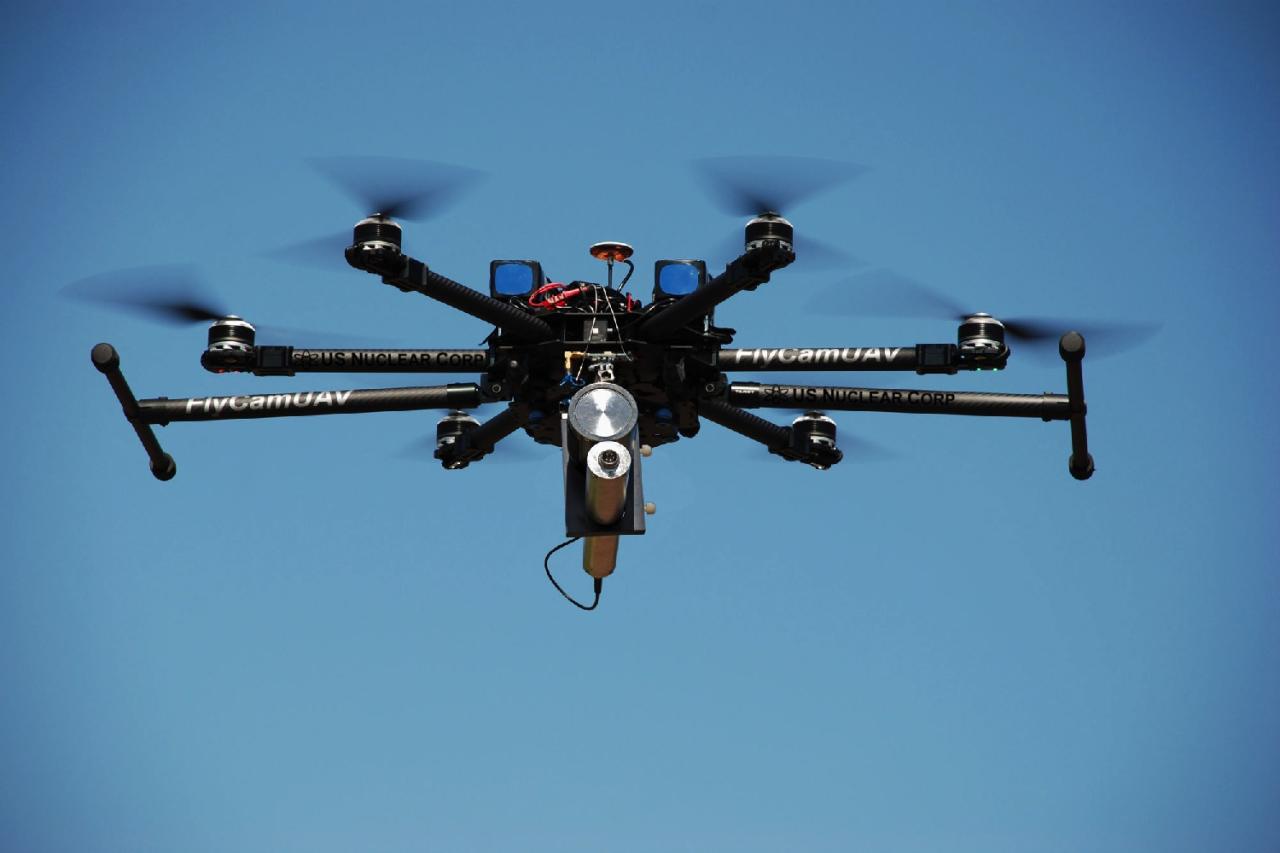
Operating drones in diverse sky elements presents several safety hazards. Strong winds, heavy rain, and low visibility can compromise flight stability and control, increasing the risk of accidents. Operators must prioritize safety by adhering to strict operational guidelines and utilizing appropriate safety equipment.
Ethical implications include privacy concerns related to data collection over populated areas and the potential for misuse of data. Data security is another crucial aspect; robust measures must be implemented to prevent unauthorized access or modification of sensitive information. Responsible drone operation necessitates adherence to ethical principles and respect for privacy.
Best practices include conducting thorough pre-flight checks, obtaining necessary permissions, maintaining visual line of sight, and adhering to all applicable regulations. Environmental impact should also be considered, minimizing disturbance to wildlife and ecosystems.
Illustrative Examples: Visualizing Data
Imagine a drone surveying a thunderstorm. The drone’s cameras would capture images of towering cumulonimbus clouds, revealing intricate details of their structure and evolution. Onboard sensors would measure wind speed and direction within the storm, mapping the turbulent airflow. A rain gauge would quantify precipitation intensity, providing valuable data for hydrological modeling.
In an air quality monitoring scenario, a drone equipped with gas sensors could map the dispersion patterns of pollutants emitted from an industrial source. The resulting visualization would show the plume’s extent and concentration, allowing for effective pollution control strategies. Data interpretation would involve correlating sensor readings with meteorological data to understand the influence of wind patterns on pollutant transport.
The utilization of sky elements drones marks a significant advancement in atmospheric research and environmental monitoring. By providing access to previously unattainable data, these technologies are transforming our understanding of complex atmospheric processes. The future promises even more sophisticated drone systems, capable of operating in increasingly challenging conditions and providing even more detailed and timely data. This will lead to more accurate predictions, more effective mitigation strategies, and ultimately, a healthier planet.
Detailed FAQs
What are the limitations of using drones for sky element monitoring?
Limitations include factors like battery life restricting flight duration, susceptibility to adverse weather conditions, and regulatory restrictions on airspace access.
How is data security ensured when using sky elements drones?
Sky elements drones are revolutionizing aerial displays, offering breathtaking visuals and innovative choreography. For a prime example of their capabilities, check out the spectacular light shows featured at the florida drone show , showcasing the potential of advanced drone technology. These events highlight the impressive advancements in sky elements drone technology and their growing impact on entertainment and special events.
Data security relies on encryption protocols during transmission and storage, secure data management practices, and adherence to relevant privacy regulations.
What types of sensors are commonly used on sky elements drones?
Common sensors include high-resolution cameras, LiDAR, radar, and various gas sensors for air quality monitoring.
What is the cost associated with operating sky elements drones?
Costs vary significantly depending on the drone’s capabilities, sensor equipment, data processing needs, and operational expenses.
